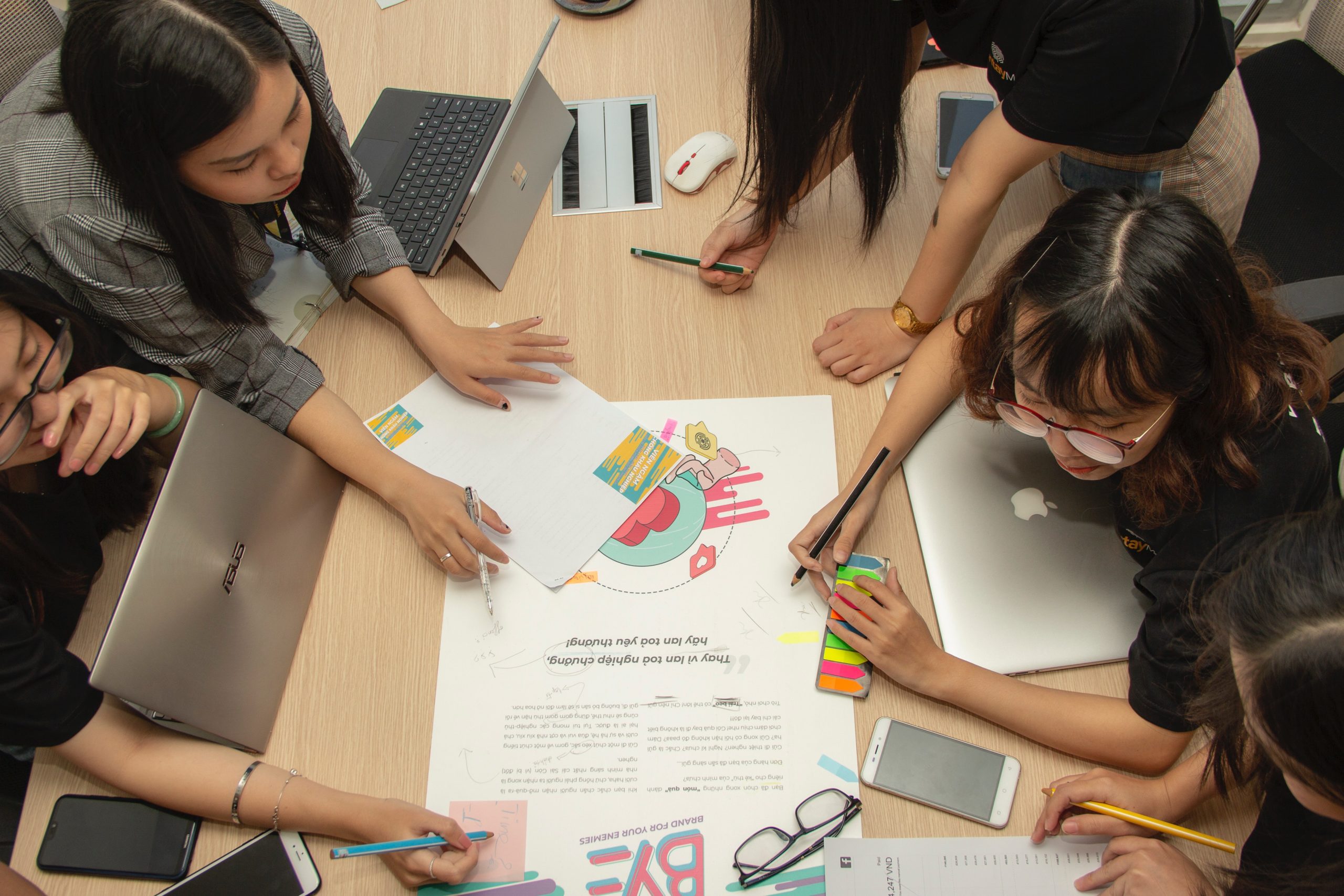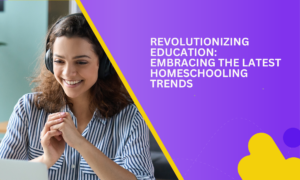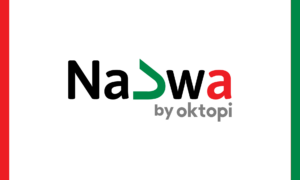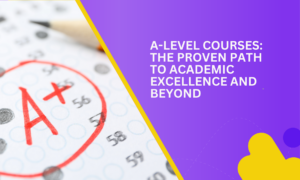Blended learning is an educational approach that combines two learning environments: e-Learning (i.e. online learning) and in-person classrooms (i.e. traditional teaching).
This approach places the learner at the heart of the learning process and allows them to be an actor in their own learning. The learner feels more involved, and therefore more motivated. By combining the best aspects of in-person teaching with technology-based e-Learning techniques, blended learning encourages the personalization of the learning process, while also broadening the learner’s experience and reshaping the instructor’s role.
The learner has the flexibility to manage the pace at which they learn, and the place and time they want to work in, but it’s up to the instructor to choose the elements studied online and those studied in person. Blended learning shifts the instructor’s role from knowledge provider to coach and mentor. With learners working more independently, instructors can then provide face-to-face support and individualized instruction more frequently for more students, effectively improving differentiation.
What are the benefits of blended learning?
Personalized training course
E-Learning allows the learner to be offered a personalized training path, with content adapted to their level, and to gradually increase the difficulty of achieving the training objective.
The LMS reporting tools (progress of training modules, results of quizzes, etc.) allow the trainer to identify the levels of learners, and then to carry out personalized follow-up and to adapt face-to-face work according to the profiles of the learners.
Access to all resources in one place
The learner accesses all their training resources in one place. They can follow a lesson, watch a video or access any resource wherever they are. They no longer have to worry about having printed or saved certain documents on their computer. Educators also benefit from having all their content stored in one place to be used by all their class, while also being able to receive all messages, assignments, and tests on the same platform.
Flexible schedule
The learner organizes their online training according to their schedule. They can then study the e-Learning modules at their own pace and as many times as they wish.
Time-saving and lower costs
It only takes a few seconds for the learner to log into their online training. It frees them from logistical constraints such as travel. Blended learning also reduces face-to-face training costs, such as travel, accommodation, and printed training materials.
Using new technologies
The moments of discussion and collaborative work are not reserved for face-to-face time. The student learns to study, work and collaborate online with modern tools (planning tools, collaborative writing, synchronous communication chat, forum, social networks, etc.).
Deeper learner/instructor relationships
Since blended learning provides more frequent and more personal educator interactions with individual learners, instructors have the opportunity to deepen and strengthen their relationships with the learners. The trust that comes with close relationships can give educators insights into the learners’ personal struggles and needs, insights that empower them to comfort and coach these pupils through challenges that often serve as obstacles to learning.
What are the different blended learning models?
There is no such thing as one blended learning model; all combinations are possible. The training can be more eLearning oriented, and punctuated by a few face-to-face sessions, or can be mainly given in person with a periodic use of technology and online materials. Here are the 6 more common blended learning models:
The Face-to-Face Driver Model
The face-to-face driver model is the closest to the traditional school system. The instructor offers primarily face-to-face instruction, supplemented with technology in the classroom or computer lab. This approach allows learners who are either struggling or working above their grade level to progress at their own pace using technology in the classroom.
The Online Driver Model
This model is the opposite of the face-to-face driver model because learners work remotely and material is primarily delivered via an online platform, with periodic face-to-face meetings with the instructor. This model of blended learning is ideal for learners who need more flexibility and independence in their daily schedules.
The Rotation Model
The rotation model is one of the most common models in blended learning. In this model, learners rotate between self-paced online learning and face-to-face instruction. This allows educators to be aware of the issues faced by the learners during their independent work time, which helps in designing assessment tools to monitor their students’ learning path
The Flex Model
With this approach, the main source of content is primarily delivered online. Although the instructors are in the room to provide on-site support as needed, learning is primarily self-guided, as participants independently learn and practice new concepts in a digital environment.
The Online Lab School Model
This model involves learners traveling to and attending a school with total online educational delivery for entire courses. The lab is supervised by adults who aren’t certified educators but trained paraprofessionals. This allows schools to offer courses for which they have no instructors, and also allows students to learn new subjects and work at their own pace without affecting the rest of the classroom.
The Self-Blend Model
The self-blend model gives learners the opportunity to take online courses that aren’t offered at their school to supplement their traditional school’s face-to-face course catalog. This model is popular in high schools, but also involves learners being highly self-motivated.
To determine the right blended model for you and your students, try to identify the challenges present in your traditional classroom and find what material can be taken out of the instructor-led sessions and developed online so that learners can learn and practice on their own time and at their own pace.
Finally, one of the biggest challenges of implementing blended learning is finding the right LMS platform that will fit your and your students’ needs. An LMS like oktopi.ai will allow you to easily manage and implement your blended learning strategy, save, organize and plan your content and lessons all in one place, benefit from AI-Powered analytics to track your students’ progress, and reach them anytime, anywhere with our Zoom integrated live video feature.
There’s no time like the present, so if you’re ready to start using blended learning as part of your e-learning strategy, schedule a demo with us to enhance your teaching experience.













